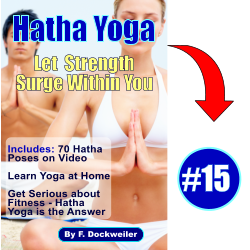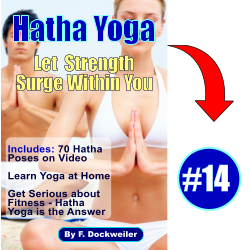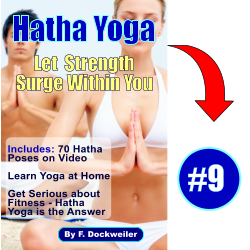Still on the matter of studying and taking inspiration from the natural actions of canines as introduced in the previous article, we’ll now continue with a specific pose that is once more derived from a position that dogs take – the Upward Facing Dog Pose.
In Hatha Yoga, we have the Upward Facing Dog Pose, or Urdhva Mukha Svanasana in Sanskrit (urdhva = upward, mukha = face, svana = dog), that is ideal for developing strength in the wrists.
This pose is one of those that form part of the time-honored Sun Salutation sequence, postures that are generally done in the morning for receiving energy, recapturing vitality, and preparing the body to manage vigor properly as the day goes on.
Qualities of the Upward Facing Dog Pose
The Upward Facing Dog in Hatha Yoga is reflective of the way canines look forward and upward to the sky, seemingly in anticipation of a good, if not better, day ahead. They “salute” the sun, basking in its rays, eager to start fresh.
Optimism and resiliency are key personality traits personified by this pose. Optimism, because the upward facing posture illustrates an expectation or readiness to receive the blessings that the day brings, and resiliency, because the pose connotes that no matter what challenges you may have faced earlier, you are still in control and hopeful about a good outcome.
Benefits of the Upward Facing Dog Pose
- Mental – the Upward Facing Dog Pose promotes clarity of thinking that comes with a stable sense of self, which in turn, happens when it is practiced.
- Physical – highly recommended for the alleviation of sciatica, a symptom that features shooting pain brought about by compression or pressure brought upon the sciatic nerve. When left unattended, such a condition can make standing and/or sitting close to impossible because of the pain. The Upward Facing Dog Pose provides relief for mild depression, reinforces the wrists, arms, and the spine. It can also be remedial for cases of asthma.
- Spiritual – when your optimism soars, the better you are equipped to handle the challenges of life, which accounts for a resilient outlook.
Video Demonstration of the Cobra Upward Facing Dog Pose:
The Upward Facing Dog is not recommended when you are pregnant, have a pre-existing injury of the back, or have been diagnosed with carpal tunnel syndrome.
While we have tried to sprinkle some of the Hatha Yoga exercise videos throughout a few of these articles, it would work best for you to watch and learn as you read along with this guide. When finished, you can subscribe to the MyFitnessNut.com Newsletter to get the full set of all 70 yoga video demonstrations pick and choose which yoga exercises you want to learn first. Next, we’ll take a look at “Flow Yoga” and how it can enshrine your consciousness toward enlightenment.









